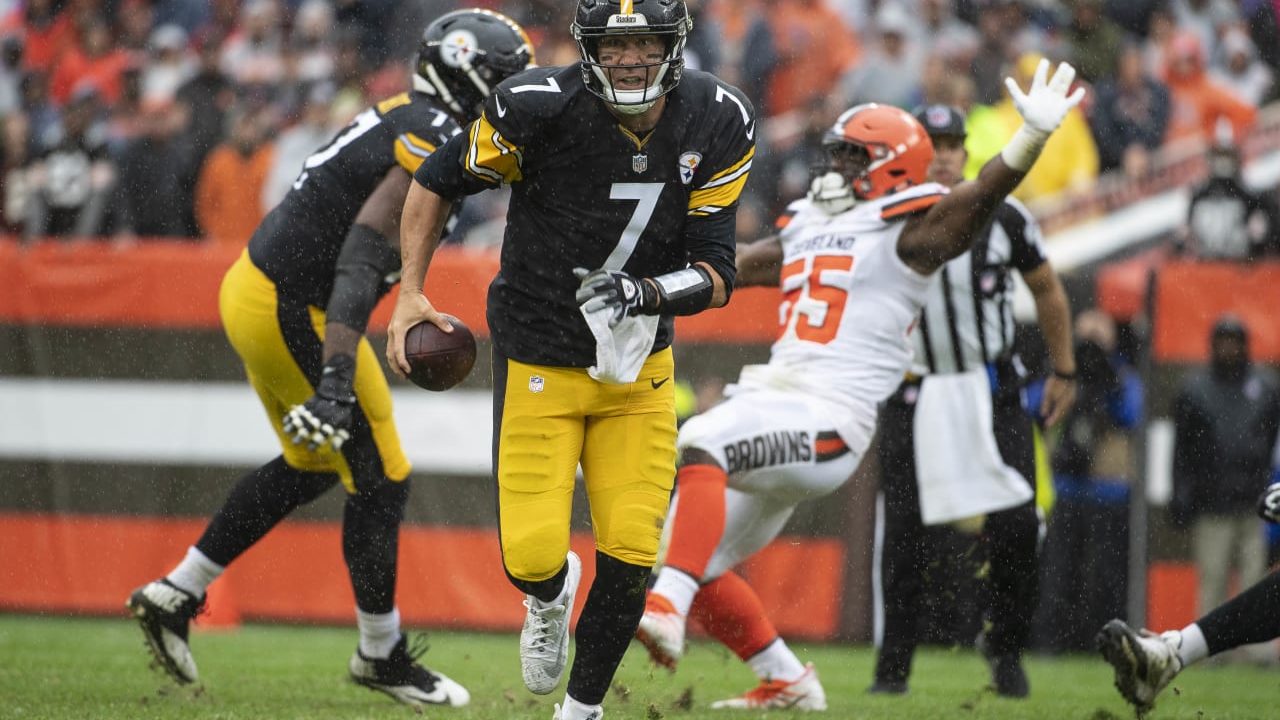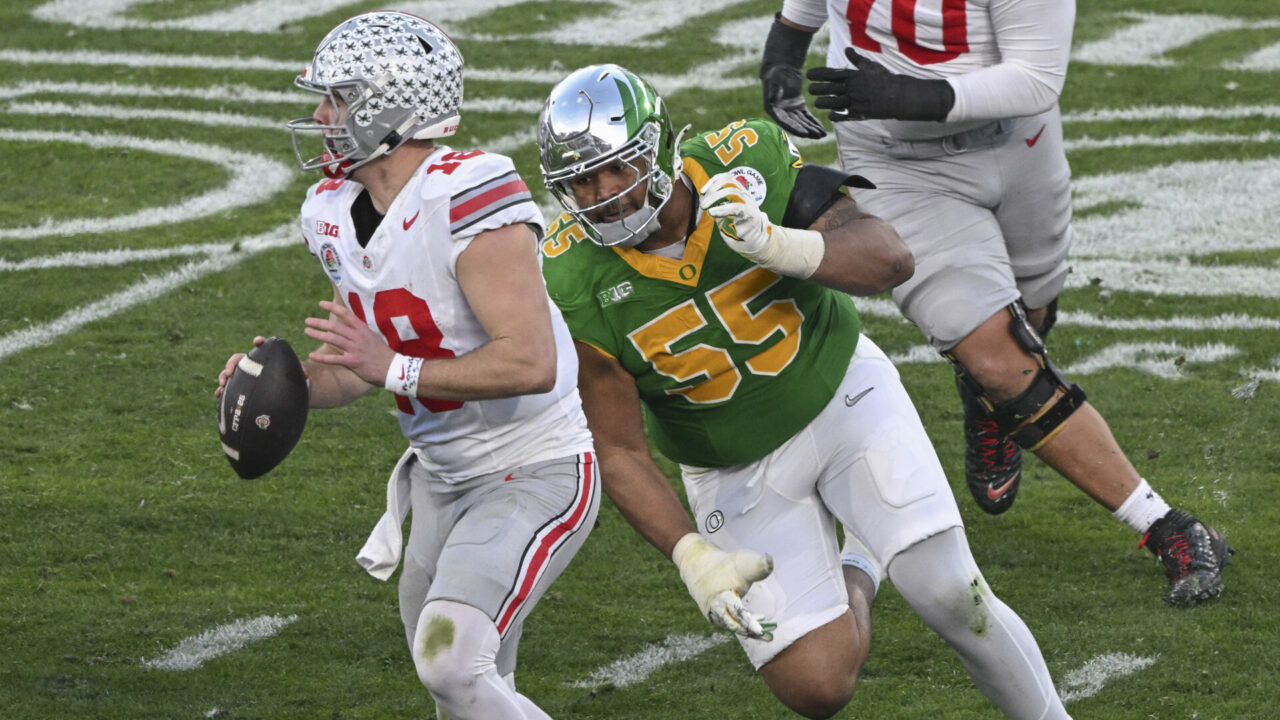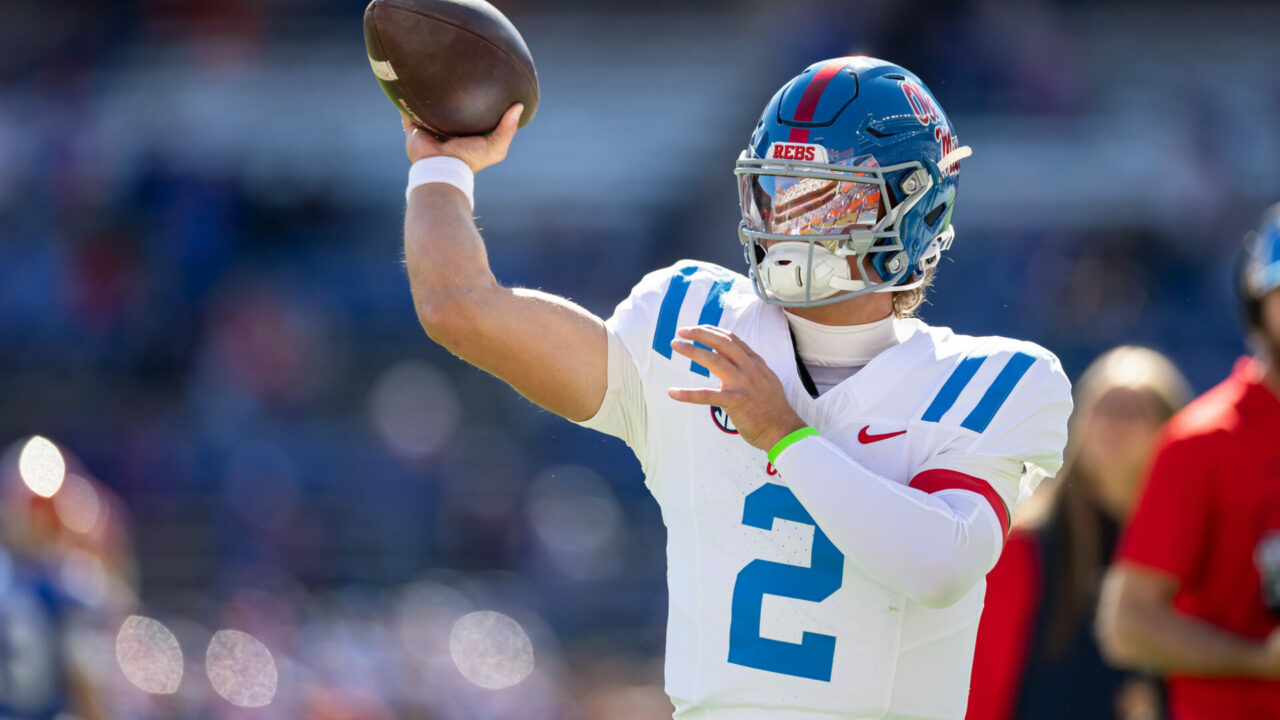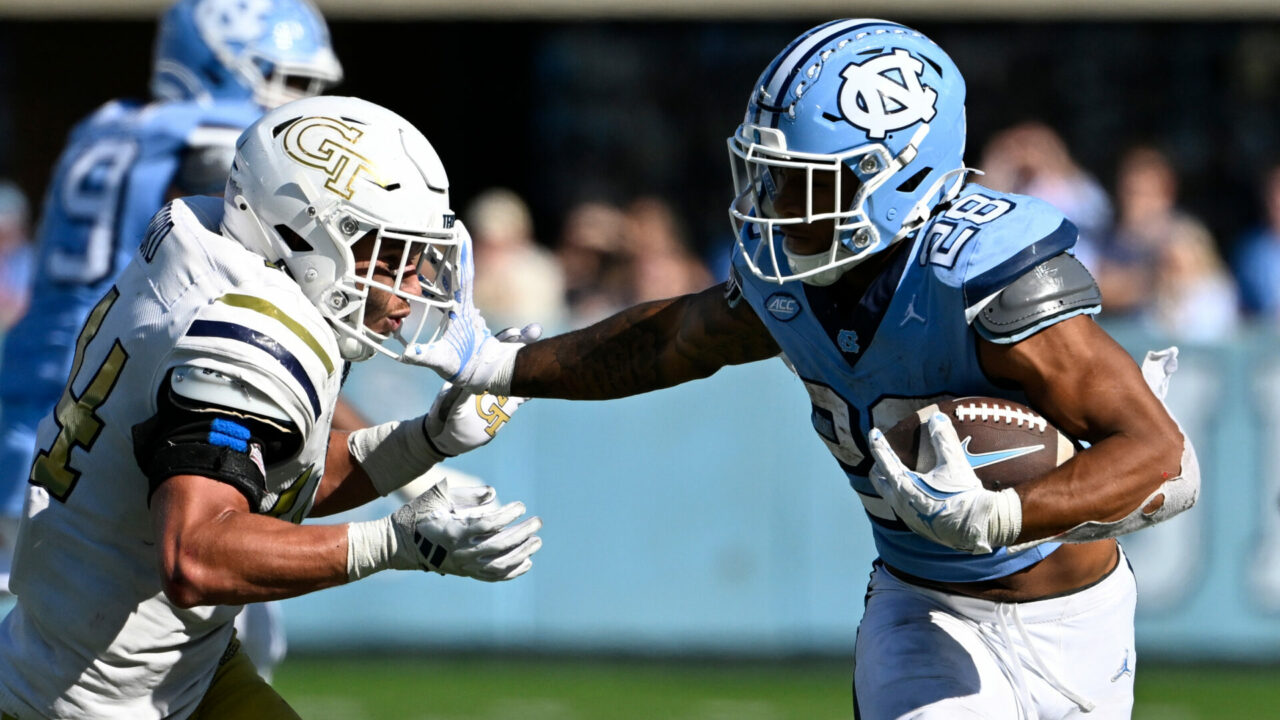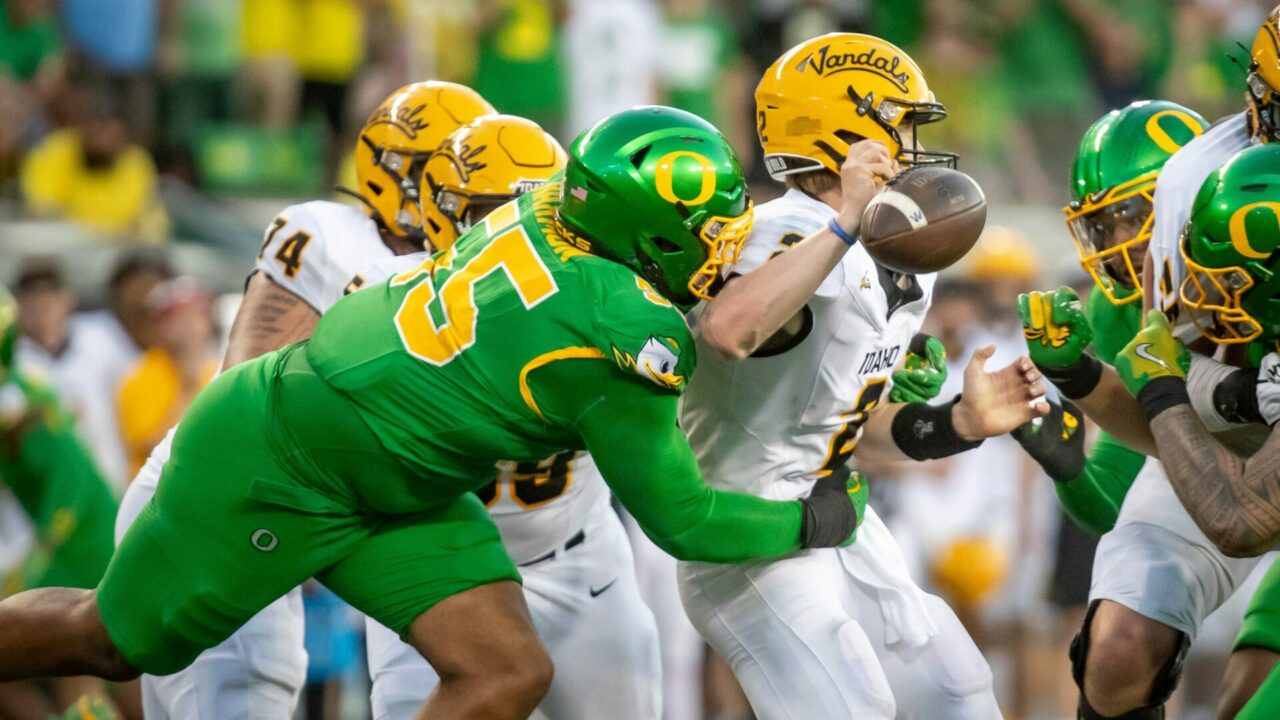Life after the Killer B’s: How will Ben and the offense perform?
Much has been made this offseason about the losses of Antonio Brown and Le’Veon Bell. How will the offense perform without them? Mainly, how will Ben Roethlisberger perform without them? Can he be the top quarterback we are used to seeing without his two stars?
We have a partial answer to this question, as Bell May have just officially left this offseason, but he didn’t take a single snap in the Black and Gold in 2018, though I digress. I decided to take a dive into Big Ben’s career pass distribution percentages to get a better understanding of how Brown impacted his performance, and how his performance affects his targets.
I went through every season since Ben’s rookie campaign, looked at the different receiving targets (Wide Receivers, Tight Ends, and Running Backs), and broke down the percentage of each positional group’s receptions for the team. I separated it by Wide Receiver 1, Wide Receiver 2, Wide Receiver 3, Tight Ends, and Running backs.
Putting running backs all together as opposed to individual allowed me to see in general how Ben’s growth has allowed him to use his check downs instead of forcing passes. And lumping tight ends together allowed for me to see the overall safety valve that Ben used the position for.
So, let’s get into it.
There is a belief that without Antonio Brown, JuJu Smith-Schuster simply cannot and will not perform the same as he did last season, and won’t put up comparable numbers. While realistically, 111 receptions and 1,426 yards will be difficult to replicate, it won’t be impossible.
Numero Uno
In Ben’s career, on average, the number 1 Receiver has caught 29.98% of the team’s receptions, no matter who that receiver was. That’s 10% more than what the number 2 receiver in the offense has done (19.42%).
The thought is that Antonio Brown routinely caught more than 29.98% of the team’s passes. However, in Ben’s 15 years under center, on only 5 occasions has the number 1 wideout posted better than 29.98% of the team’s receptions. Those years were: 2004-2005 (Hines Ward) and 2014-2016 (Antonio Brown).
2012-2013 are the seasons in which the number 1 wideout caught the LOWEST percentage of passes (22.2, 23.2).
Respectively, there have been only 4 seasons in which that number is +/- 4% of the average. Several of those seasons, specifically the 2004 and 2010 seasons Ben has produced a 1,000-yard receiver with Antwaan Randle El (04) and an aging Hines Ward (2010) as his number 2 options.
To clearly state that Smith-Schuster will not produce without Antonio Brown is a very shallow, and willfully ignorant statement that ignores the man under center for the Pittsburgh Steelers.
Speaking of the number 2 option for Ben, that target typically offers up 19.42% of the team’s receptions. There have only been 2 seasons in his entire career where that percentage is +/- 4%. 2016 when the second option was Eli Rogers, and 2014 when the second option was Markus Wheaton.
Coincidentally, these are also 2 of the seasons when Antonio Brown caught more than the 29.98% average of receptions for the team. Telling us that even if both of James Washington and Donte Moncrief do not perform the way we think they will, Ben will still find his favorite option often, which only increases Smith-Schuster’s numbers.
Ben’s decreased usage of his third receiver
In Ben’s first ten seasons he utilized the third option for 13.71% of the team’s receptions. In his last 5 seasons, he has only utilized the third option for 9.54% of receptions. This actually coincides with Brown’s run of greatness.
After his 110-catch campaign in 2013, his first 100+ reception career, Ben stopped utilizing the third receiver and focused more on 1 and 2. This history tells us that the receiver to suffer will not be WR2, but instead WR3. In Ben’s first 10 seasons, when he distributed passes more evenly, he averaged only 10.8 interceptions per season (that even includes his 23 int season in 2006).
Since Brown took over as the number 1 Receiver and Ben started forcing the ball his direction, he has averaged a whopping 16.4 interceptions per season. So ideally you want to see Ben revert to his pre-AB years when he distributed the ball a lot more evenly among his top 3 receivers.
Rolling into 2019, you are looking at a receiving core with 5 guys locked in. JuJu Smith-Schuster, James Washington, Donte Moncrief, Diontae Johnson, and Ryan Switzer. The last time Ben had a receiving core this deep was in 2010 when he ran with Hines Ward, Mike Wallace, Emmanuel Sanders, Antwaan Randle El, and Antonio Brown.
In this season the total percentage of receptions among his four receivers went:
- WR1: 25%
- WR2: 24.6%
- WR3: 11.7%
- WR4: 9%
This was arguably one of Ben’s most complete statistical seasons. While he did miss time, his TD/Int ratio was 17:5. Which over a full season would spread out to 23:7.
This season also saw the Steelers garner a running back with 1,273 yards (Rasheed Mendenhall), and another with 247 (Isaac Redman). In the passing game, the running backs saw a total of 58 receptions (led by Mewelde Moore’s 26), for 444 yards. Thus, proving the arrival of Le’Veon Bell did not transform the offense and Ben into one to lean on the running back in the passing game.
Running backs reception percentages over the years
As a total, in Ben’s career, the RB position has produced an average of 21.58% of the team’s receptions. In fact, there have only been 3 seasons in which that number was more than 4% higher. And 2 of those seasons were in 2005 and 2006. Only one season saw that number dip more than 4%, and that was in 2011 with an oft-injured Rasheed Mendenhall, a bruiser in Isaac Redman and everybody’s favorite, Jonathan Dwyer.
So, the arrival of Bell didn’t transform Ben or the offense in to suddenly throwing to the running back, it only made them rely on one running back. Which as we have seen, Ben is not at his best when relying on one running back or one wide receiver.
Instead, with the trio of James Conner, Jaylen Samuels, and Benny Snell Jr., expect the offense to again look more like the 2010 offense with its distribution totals not only in the passing game but the running game the same. This creates not only a more balanced offense but a more balanced Ben that can spread the ball comfortably and be himself, instead of force-feeding 2 athletes.
Tight ends and Big Ben
The one position I have not covered yet is tight end, and that’s because the numbers are rather boring. The tight end position averages 19.7% of receptions in the offense, with 2 anomalies. Ben’s rookie season when the starting tight end was Jerame Tuman, and 2012 when Heath Miller led the team in receptions.
Outside of those 2 seasons, it’s pretty vanilla.
Ben trusts his tight ends. They are his safety nets. They are who he trusts to go over the middle. They are his big men and you can bet he’s going to find them roughly 20% of the time. If you want to compare this season’s tight end room of Vance McDonald and Zach Gentry to any, there is one that sticks out. Yup, you guessed it. 2010. Heath Miller and Matt Spaeth, with Miller leading the way at a 42-512 line and Spaeth sitting at a cool 9-80.
What does it all mean?
All in all, the departure of Bell and Brown don’t spell doom and gloom for Ben, JuJu, or the offense as a whole. It’s Ben there done that (ha) at the Quarterback position, who is taking snaps behind a top 5 offensive line in the league. A trio of running backs that will all vie for and deserve their fair share, and gluttony of receivers for Ben to pick and choose the right target, not the one that needs a numbers boost.
So, nay-sayers be on the lookout, this offense is looking a lot like the 2010 version that made it all the way to the Super Bowl.
